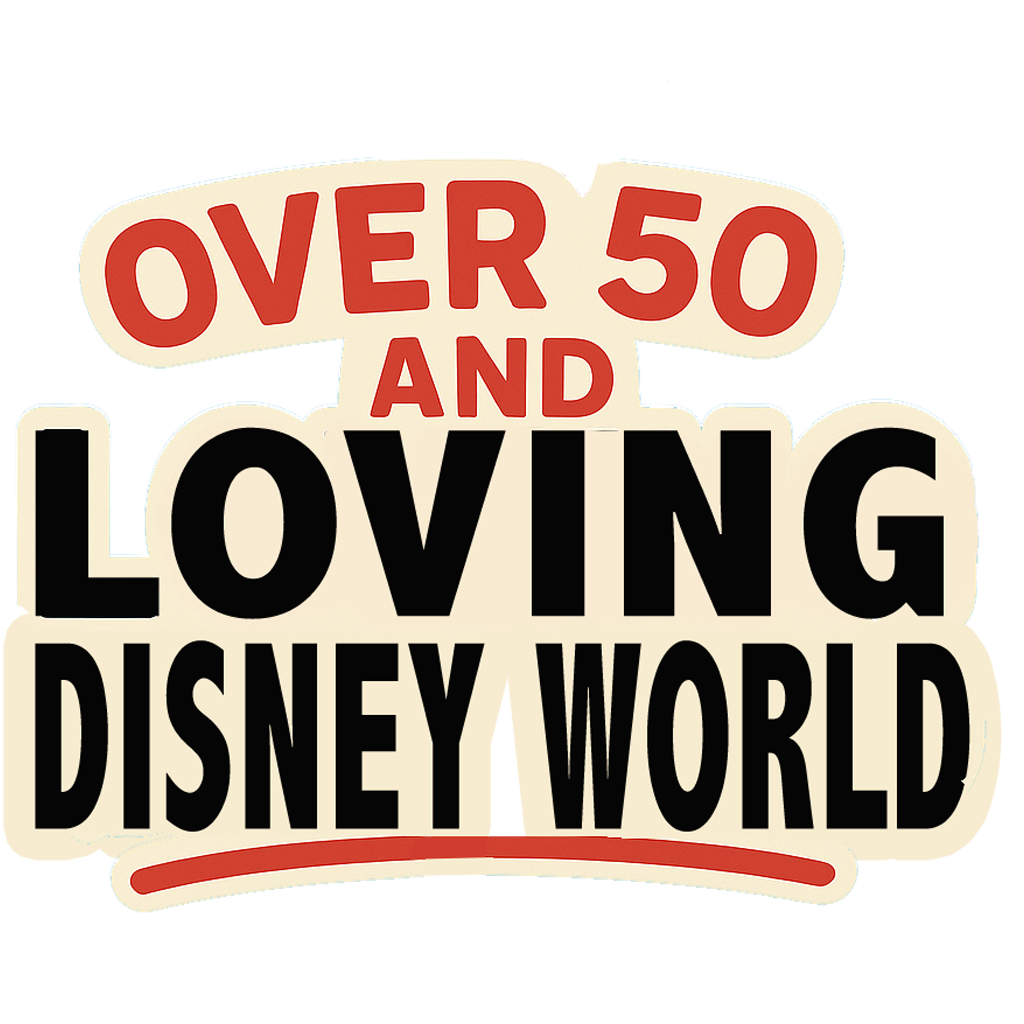Estimated reading time: 4 minutes



When you think of Disney stories, chances are your mind immediately drifts to castles, fairy godmothers, and those iconic happily-ever-afters. But what about the other side of the story? The side where poisoned apples are served with a smile, curses are cast with flair, and laughter is laced with menace? Enter the world of Disney Villains: Ever After, a reimagining of the classic Disney universe—one where the villains take center stage long after the credits roll.
What is “Ever After”?
“Disney Villains: Ever After” is not an official film or series (at least not yet), but rather a growing concept embraced by Disney fans, artists, and writers. It explores what happens to Disney’s most infamous villains after their stories “end.” Instead of vanishing in defeat, these characters live on—in banishment, in secret, or even in power. It’s a narrative playground where imagination runs wild and the shadows finally get their turn in the spotlight.
Some fans envision “Ever After” as an alternate universe. Others see it as a twisted continuation of the original stories. Either way, it gives depth and complexity to characters often seen as one-dimensional. In this world, evil doesn’t just die—it evolves.
Where the Villains Reign
Imagine a realm where Maleficent, stripped of her wings and still smoldering with rage, builds her own dark kingdom. Picture Ursula, resurrected in a magical storm, ruling the deepest trenches of the ocean. Visualize Hades, after being dragged to the River Styx, plotting his revenge with a smirk and a fresh strategy. These characters aren’t just villains—they’re survivors.
“Ever After” stories often explore what motivates these villains beyond simple hatred or jealousy. Were they misunderstood? Betrayed? Victims of their own tragic backstories? When you dig deeper, their actions take on new meaning. Take The Evil Queen, for instance. Was she vain and cruel, or was she desperate to maintain control in a world that prized youth over wisdom?
Themes That Resonate
What makes “Disney Villains: Ever After” so appealing is its maturity. While traditional Disney tales offer clear distinctions between good and evil, this darker extension asks more complex questions:
Can a villain ever be redeemed? Is evil inherited or chosen? What if the hero wasn’t the hero at all?
It touches on real-world themes like justice, revenge, forgiveness, and identity. These stories resonate with older fans who grew up with Disney and are now seeking narratives that reflect the complexities of adulthood.
The Rise of the Villain Fandom
The “Villains Ever After” concept has exploded in popularity thanks to fan fiction, cosplay, art, and even merchandise. Disney has leaned into this trend with themed events like Disney Villains After Hours at Magic Kingdom, exclusive villain-themed merchandise, and characters like Descendants’ Mal, Evie, and Carlos, who are literally the children of the most iconic villains.
Even Disney Parks have embraced the villain renaissance. On special nights, Cinderella Castle is bathed in eerie green and purple light, and characters like Dr. Facilier or Cruella de Vil roam the streets, stealing the spotlight from the heroes.
Potential for the Future
Given the success of darker Disney retellings like Maleficent and Cruella, it’s not a stretch to imagine “Disney Villains: Ever After” becoming a full-fledged series or film franchise. Fans would love to explore storylines where:
Jafar rewrites Agrabah’s destiny from the shadows. Yzma, always underestimated, finally gets her genius recognized. Scar, surviving the stampede, returns to challenge Simba with a pride of his own.
These stories would not only be rich in drama and magic but also filled with moral ambiguity—something increasingly sought after in today’s storytelling.
Conclusion: Ever After Isn’t Always Happy
“Disney Villains: Ever After” flips the fairy tale. It reminds us that for every bright kingdom there’s a dark tower, and for every hero’s celebration, a villain’s lament. But maybe, just maybe, their stories deserve to be told too.
After all, happily ever after is a matter of perspective.
